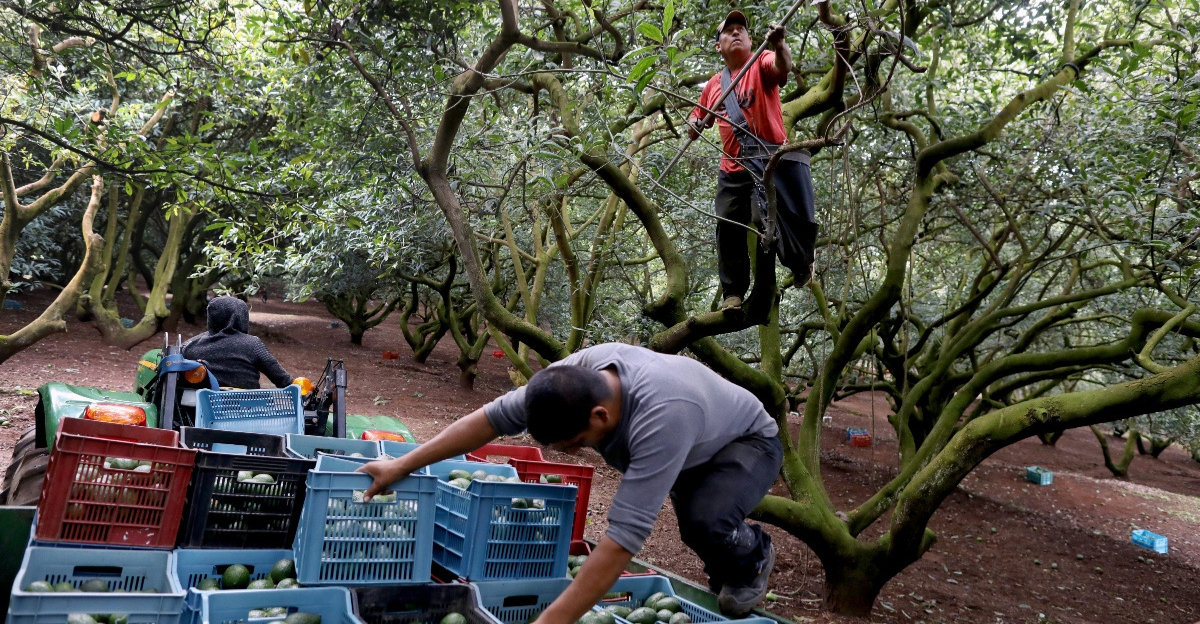
Avocados have surged in popularity, becoming a staple in diets worldwide, particularly among millennials who value their nutritional benefits and versatility. This increased demand has led to significant environmental challenges in major producing countries like Mexico. Extensive avocado farming has been linked to deforestation, water shortages, and biodiversity loss. In Michoacán, Mexico’s leading avocado-producing state, approximately one-fifth of deforestation between 2001 and 2017 is attributed to avocado cultivation. Additionally, the water-intensive nature of avocado farming exacerbates water scarcity issues, requiring about 70 liters of applied fresh water to produce a single avocado. These environmental impacts highlight the need for sustainable practices in avocado production to mitigate ecological harm.
Deforestation Driven by Avocado Cultivation
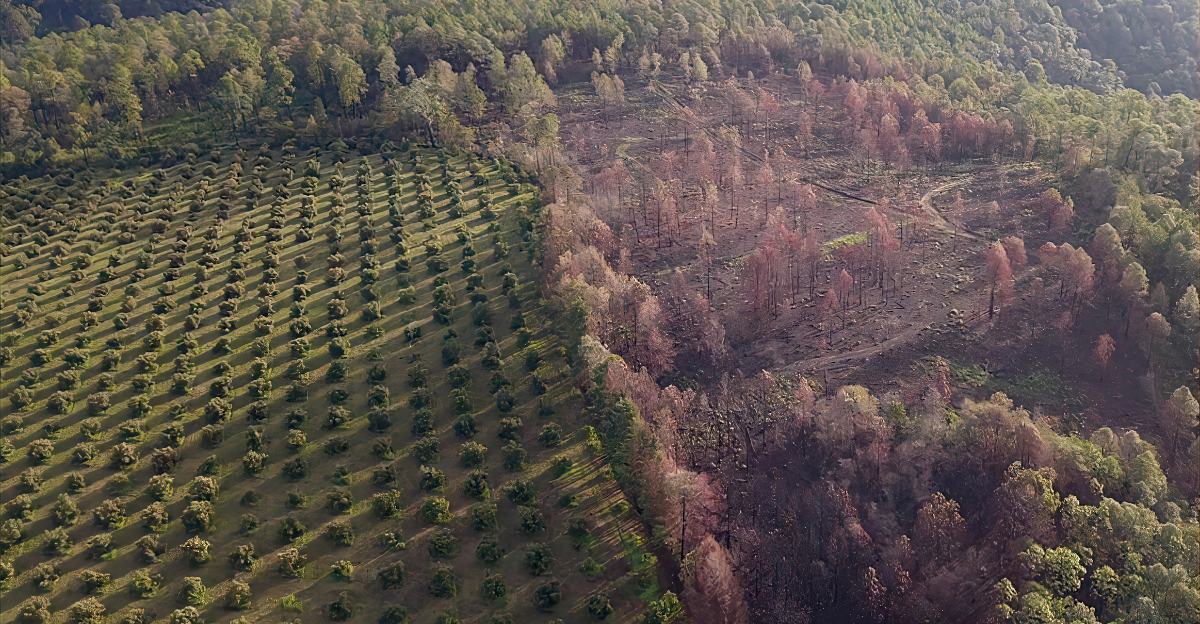
The expansion of avocado orchards has led to significant deforestation, particularly in Mexico’s Michoacán region. Between 2001 and 2017, avocado farming accounted for about 20% of deforestation in this area. This loss of forest cover threatens biodiversity and disrupts ecosystems.
Water Consumption in Avocado Farming
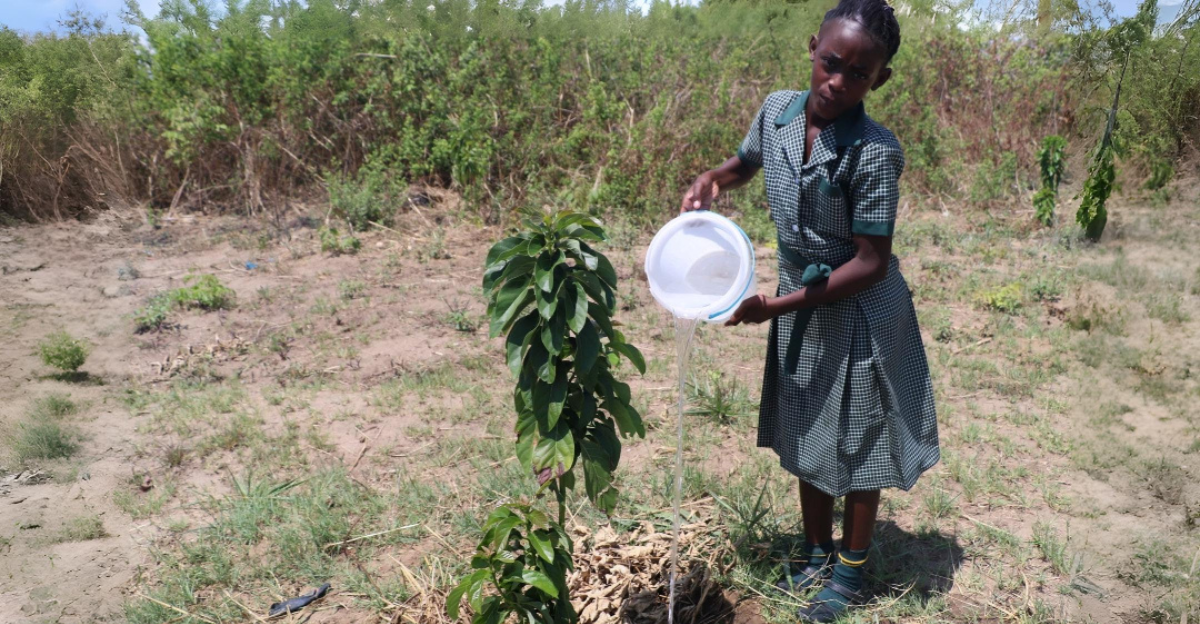
Avocado cultivation is notably water-intensive. On average, producing a single avocado requires approximately 70 liters of applied fresh water, not including rainfall. This figure can rise to about 320 liters per avocado in arid regions, such as parts of Chile. Such high water usage contributes to water shortages in farming communities.
Socioeconomic Implications for Local Communities
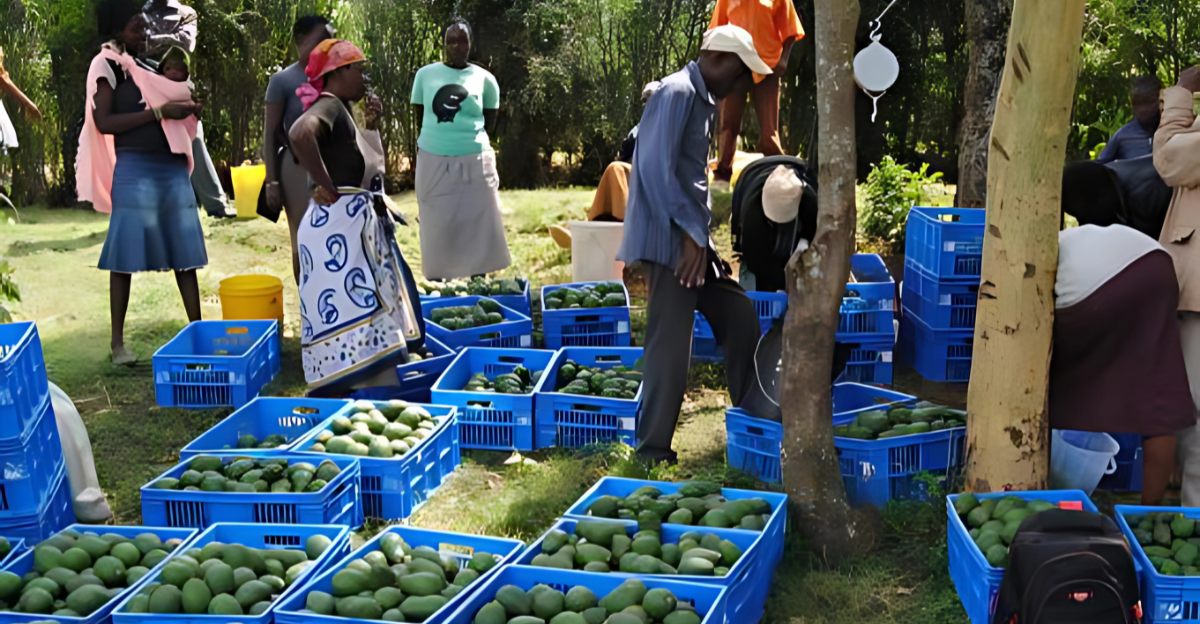
The environmental strain from avocado farming also affects local populations. In Michoacán and Jalisco, Mexico, illegal deforestation and excessive water use by some producers have led to water shortages and increased risks of flooding and landslides, impacting residents’ livelihoods and safety.
Biodiversity Loss Due to Avocado Expansion
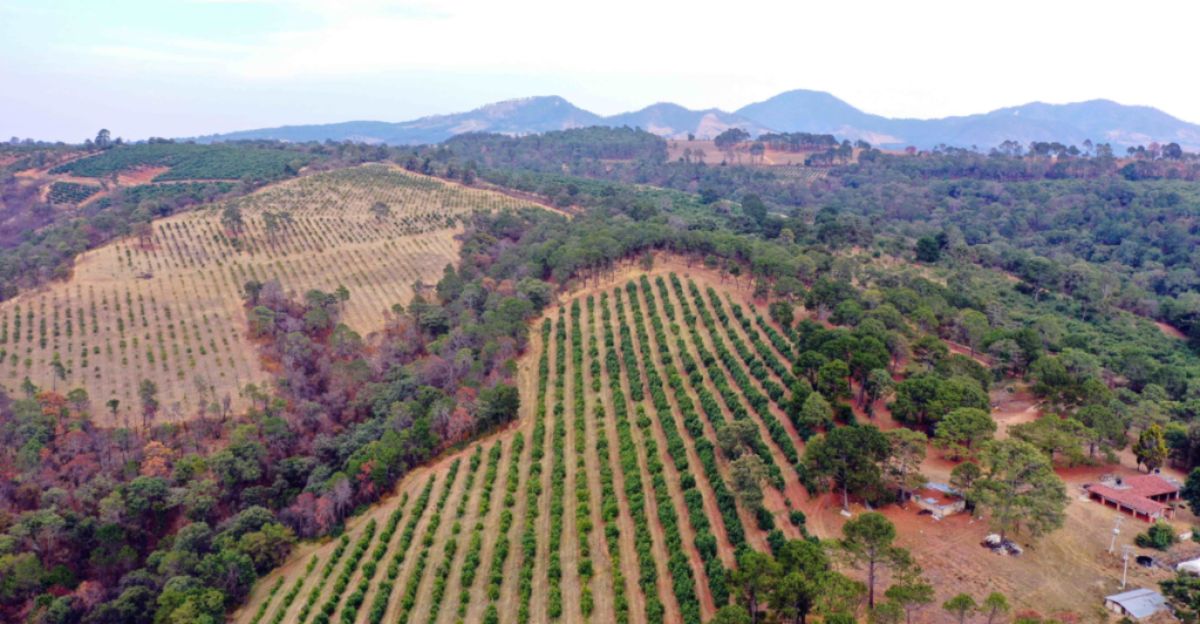
The conversion of forests into avocado plantations results in habitat loss for numerous species, leading to declines in biodiversity. This habitat fragmentation disrupts the ecological balance and threatens various plant and animal species.
Carbon Footprint of Avocado Production
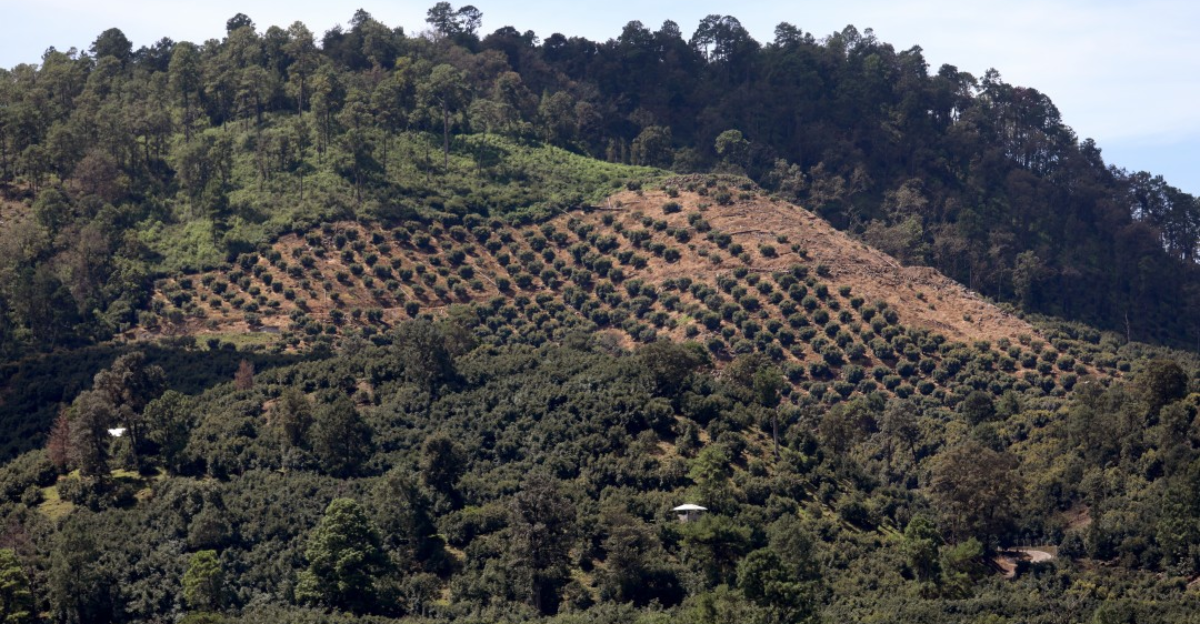
Beyond deforestation and water use, avocado farming contributes to greenhouse gas emissions. Clearing forests releases stored carbon dioxide, and the transportation of avocados to international markets adds to their carbon footprint, raising concerns about their overall environmental impact.
Illegal Activities in Avocado Farming
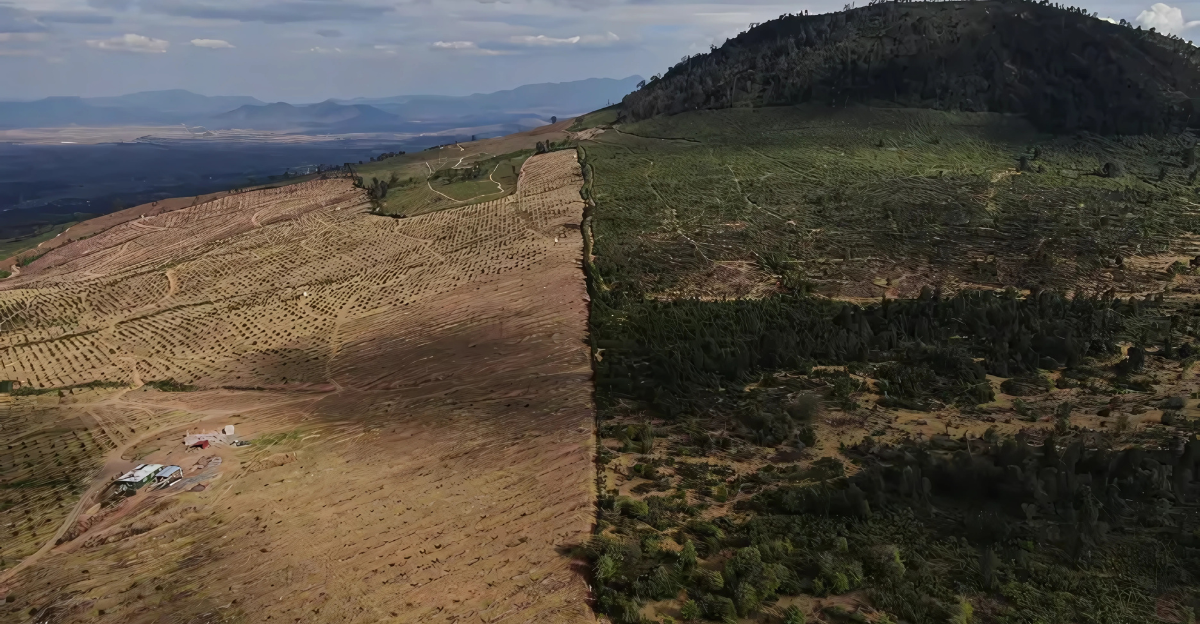
The lucrative nature of the avocado industry has, in some cases, led to illegal practices, including unauthorized deforestation and water extraction. These activities exacerbate environmental degradation and challenge law enforcement and regulatory bodies.
Global Demand and Its Environmental Toll
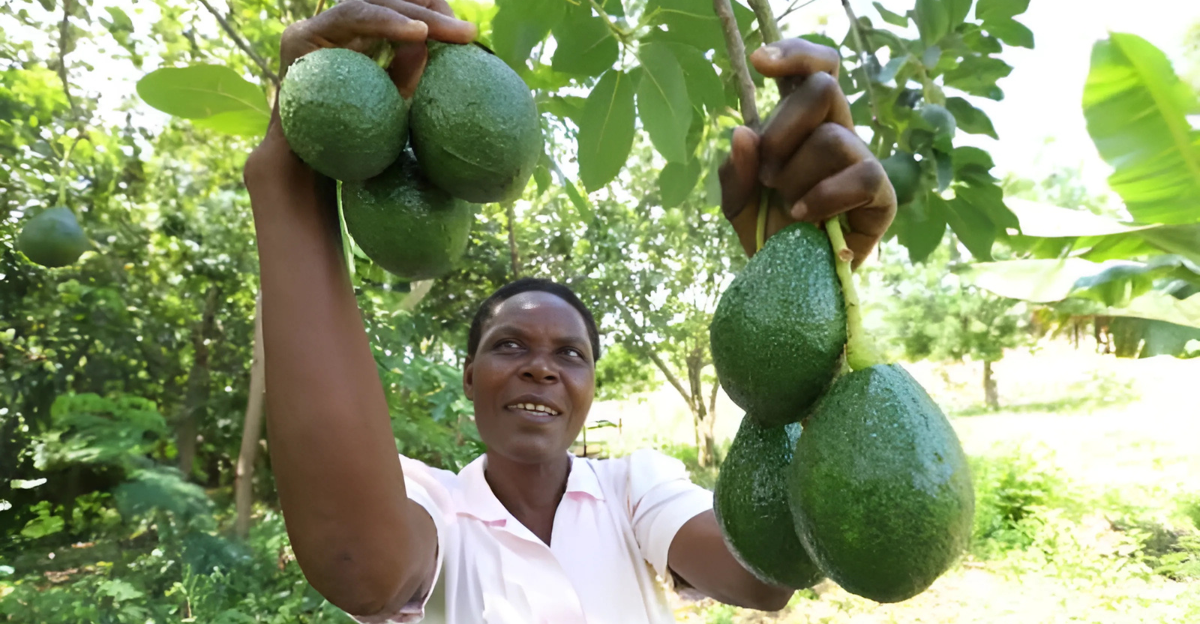
The global appetite for avocados, especially in markets like the United States and Europe, drives intensive farming practices in producing countries. This demand pressures local ecosystems and resources, highlighting the need for consumer awareness regarding the environmental costs associated with avocado consumption.
Sustainable Alternatives and Practices
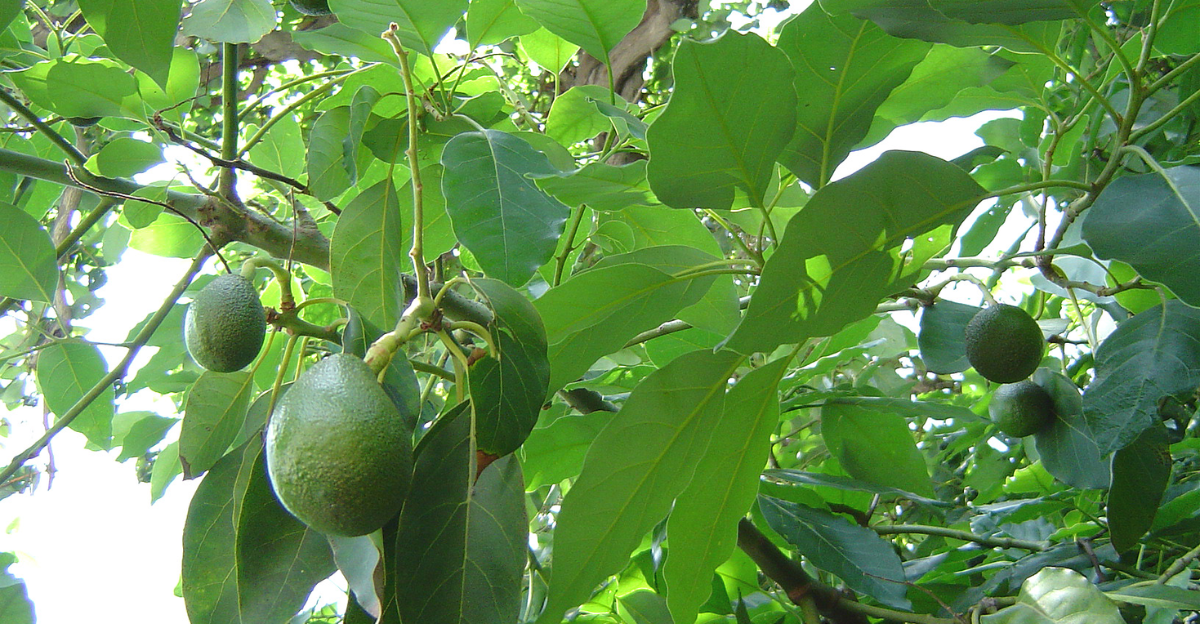
Consumers can explore alternative food choices and support sustainable farming practices to mitigate the environmental impact. Options include choosing locally sourced produce, reducing avocado consumption, and supporting certifications that promote environmentally friendly agriculture.
The Role of Certification in Sustainable Avocado Farming
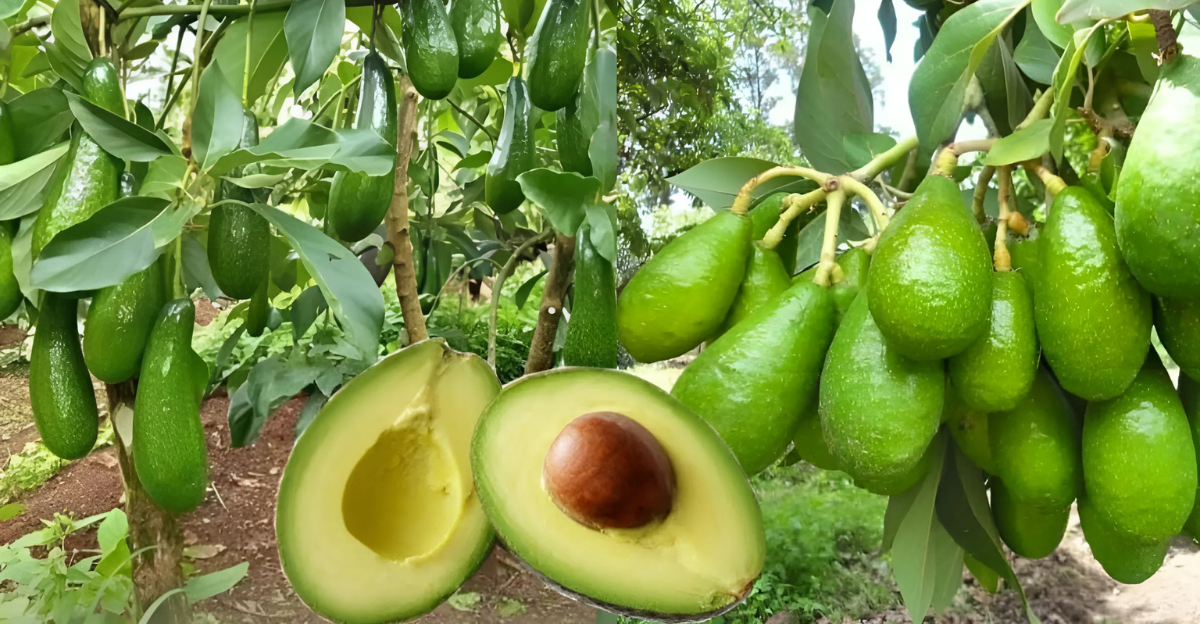
Certification programs can help ensure that avocados are produced sustainably, minimizing environmental harm. Supporting certified products encourages responsible farming practices and helps protect vital ecosystems.
Consumer Responsibility and Awareness
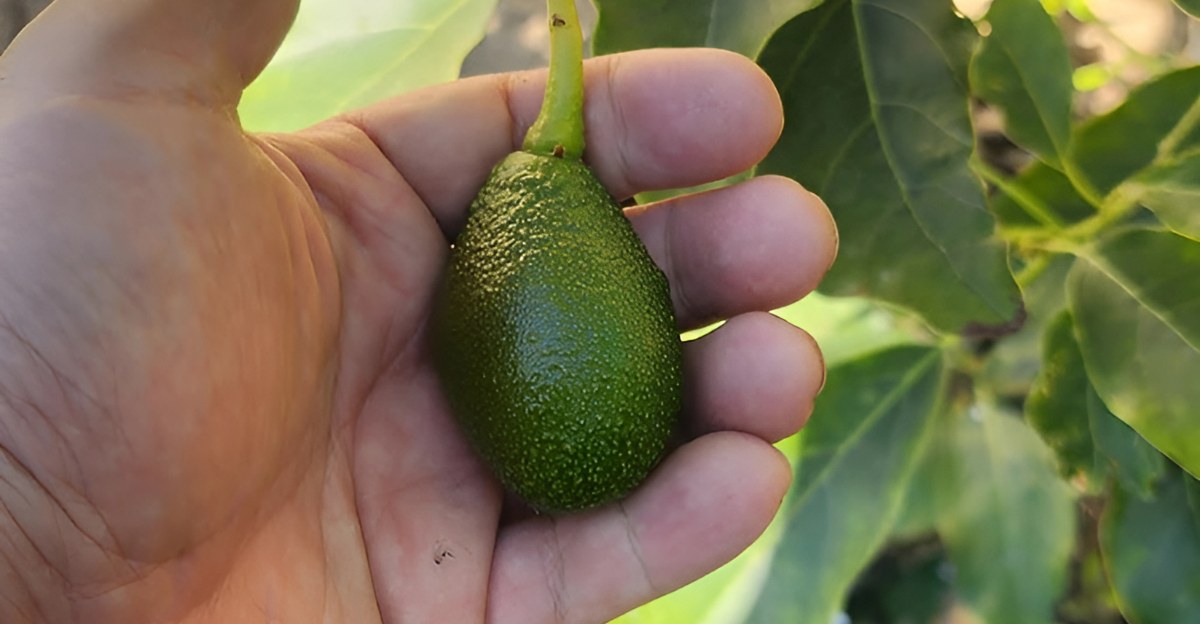
Ultimately, consumers play a crucial role in addressing the environmental challenges associated with avocado production. By making informed choices and advocating for sustainable practices, individuals can contribute to reducing the negative impacts on forests and water resources.
Explore more of our trending stories and hit Follow to keep them coming to your feed!

Don’t miss out on more stories like this! Hit the Follow button at the top of this article to stay updated with the latest news. Share your thoughts in the comments—we’d love to hear from you!







